Game Design Innovations in Super Metroid
Sep-23-2024
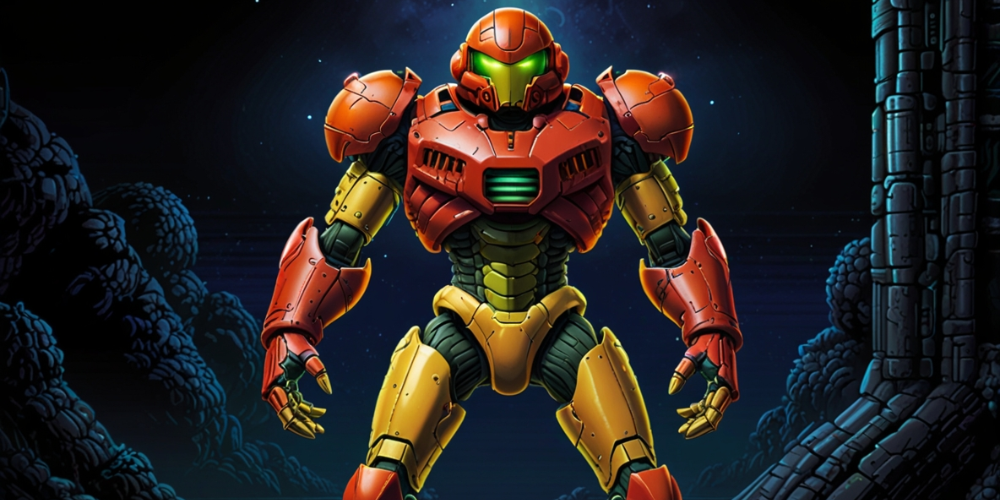
As a fan of video games, I often find myself reminiscing about certain titles that have not only shaped the industry but also pushed the boundaries of innovation. One game that frequently comes to mind is Super Metroid. Launched for the Super Nintendo Entertainment System in 1994, it has served as a wellspring of creativity for numerous game creators and gamers. It was a formative experience for me, and I can't help but marvel at how it redefined gameplay mechanics, storytelling, and overall design conventions.
Exploring Non-Linear Gameplay
I remember the first time I booted up Super Metroid, I was struck by its non-linear structure. Unlike many games of its time, which followed a linear path, Super Metroid invited exploration. As I guided Samus Aran through the expansive world of Zebes, I appreciated how I could tackle challenges in any order. This non-linear approach allowed me to discover hidden areas and power-ups at my own pace, making every playthrough unique.
The Importance of Atmospheric Design
The atmosphere in Super Metroid is something that left an indelible mark on my gaming experience. The game employs a detailed art style and haunting soundtrack to create an immersive world. I found myself getting absorbed in the environments, from the eerie caverns to the lush ruins. The level design felt alive, with changes in temperature, lighting, and sound heightening the emotional impact. Every corner of Zebes told a story, inviting me to piece together the lore as I navigated its intricacies.
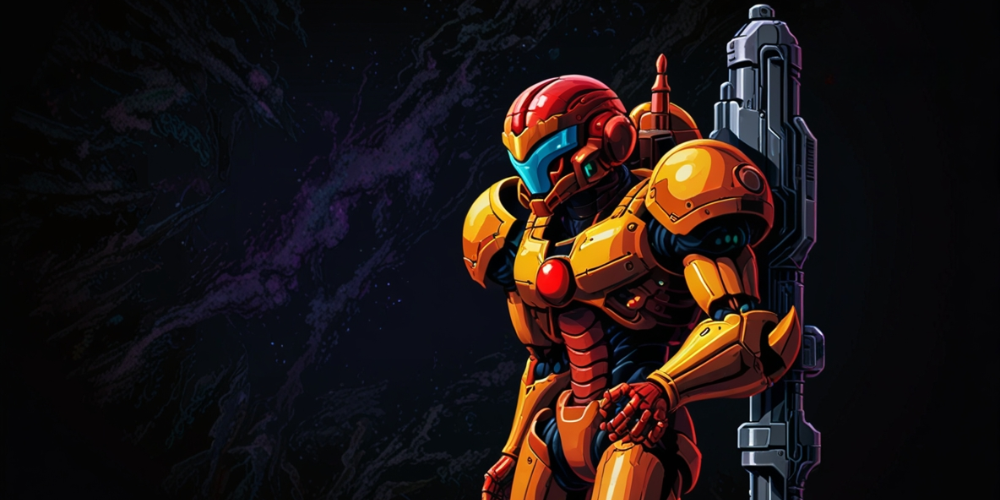
Innovative Use of Power-Ups
When I encountered the various power-ups throughout my journey, it struck me how thoughtfully they were integrated into both the gameplay and level design. Each upgrade transformed not only Samus’s abilities but also my approach to exploration. Whether it was the Morph Ball that allowed me to access small passages or the Grapple Beam that unlocked new vertical spaces, each item felt essential. This design choice encouraged me to experiment and find creative solutions to obstacles.
Environmental Storytelling
One of the most impressive aspects of Super Metroid was its mastery of environmental storytelling. I was fascinated by how much narrative was conveyed through the game's world without relying on extensive dialogue. From the remnants of past battles to the remains of fallen creatures, every visual element contributed to the atmosphere of desolation. I understood the stakes without being told outright, which made my journey feel deeply personal and engaging.
Dynamic Boss Encounters
Boss battles in Super Metroid were thrilling and memorable. The first encounter with Kraid ignited a sense of urgency and fear within me. Each boss had distinct mechanics and personality, requiring a strategic approach to defeat them. I enjoyed learning their patterns and adapting my style accordingly. This focus on dynamic combat over rote execution underscored the game’s emphasis on player skill and strategy.
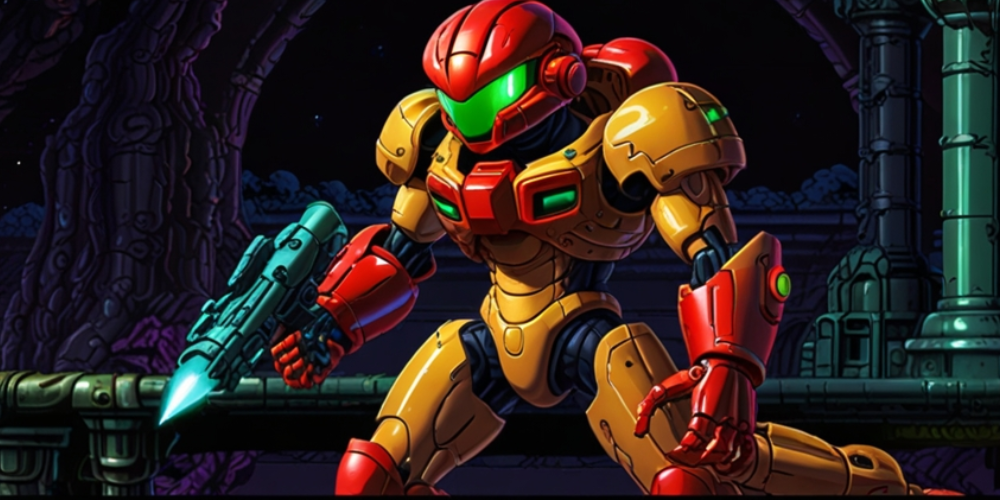
Sound Design and Its Impact
The sound design in Super Metroid played a crucial role in reinforcing the game’s atmosphere. From the echoing footsteps in empty corridors to the haunting melodies that accompanied certain encounters, every auditory element enriched my experience. I can still recall the shiver that traveled along my back in the haunting quietude that preceded a confrontation with the boss. The music became an integral part of my emotional journey through Zebes, responding to the gameplay's highs and lows.
Save Stations and Progression
Unlike many games at the time, Super Metroid introduced the concept of save stations, offering a sense of security in an otherwise relentless world. Each time I reached a save point, I felt a mix of relief and anticipation, knowing I could resume my adventure from a strategic location. This innovation in the save system significantly impacted my pacing, allowing me to explore without the constant fear of losing progress.
Artful Integration of NPCs and Lore
The brief encounters with NPCs and the lore embedded in the game's environments deepened my connection to the narrative. The first time I met the baby Metroid, a wave of empathy washed over me. These moments were not mere distractions but enriched my understanding of Samus's character and the stakes of her mission. I appreciated how these elements built emotional weight without detracting from the action.
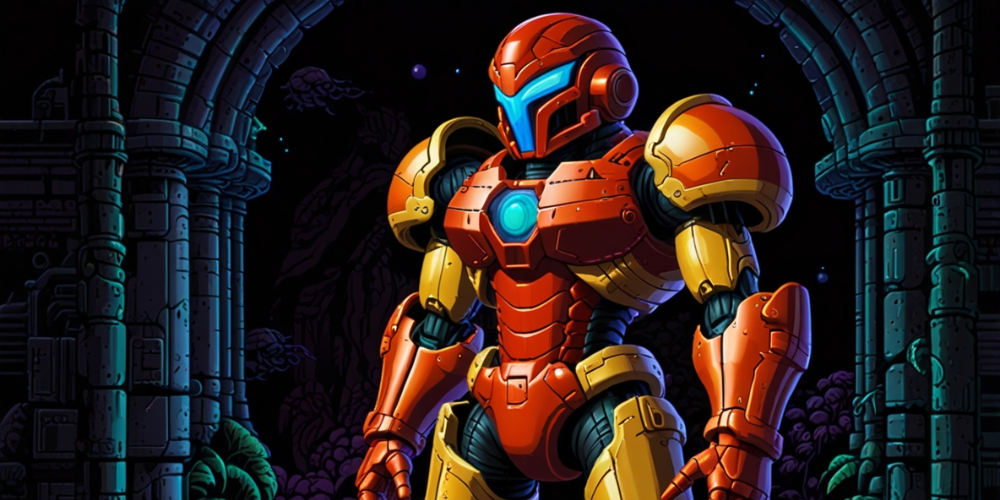
Map Design and Navigation
Super Metroid also featured one of the most intuitive map systems for its time. As I made my way through the sprawling world, I found the map not only functional but motivational. The ability to track areas I had explored and those I had yet to uncover served as a personal challenge. The map encouraged exploration and made me feel that my efforts contributed to an ever-expanding understanding of Zebes. This design element fostered an addictive loop of exploration and discovery.
Challenging Platforming Elements
As I progressed, the platforming challenges became a significant aspect of my experience. The difficulty curve felt gradual yet rewarding. I relished the moments when I was required to execute precise jumps, especially as I grappled with the tight timing needed for certain maneuvers. This design choice kept me engaged and constantly pushed my skills without ever feeling overly frustrating, striking that perfect balance between challenge and accessibility.
Dark Themes and Emotional Depth
The themes explored in Super Metroid resonated deeply with me, reflecting on isolation, loss, and survival. The game’s design superbly accentuated these themes, as I felt the weight of Samus's burden as she delved deeper into the darkness of Zebes. The art and music crafted an emotional landscape that elevated the experience beyond simple gameplay, prompting me to reflect on Samus's journey and its implications.
Replayability Through Secrets
After completing my first run, I realized that Super Metroid had a wealth of secrets waiting to be uncovered. Hidden passages, alternate routes, and collectible items sparked my curiosity and urged me to revisit the game. Each playthrough unveiled new strategies and techniques, offering a fresh lens through which to experience the story. This design aspect enriched the game’s longevity and made it a title I would return to time and time again.
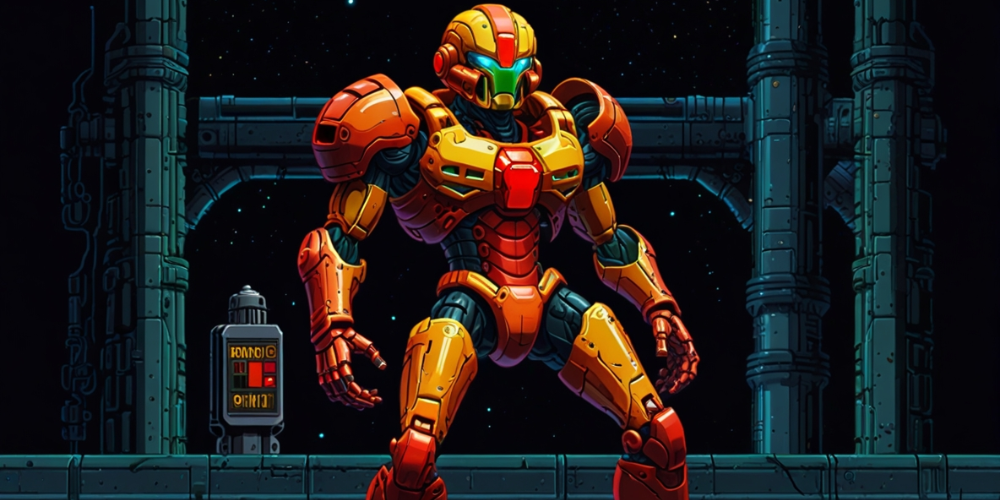
Vertical Exploration and Level Design
The verticality of Super Metroid's level design opened up new avenues for exploration. Climbing through shafts and navigating multi-layered environments became exhilarating components of the gameplay. The sense of scale was awe-inspiring, and as I traversed multiple levels, I felt a sense of discovery akin to exploring a vast underground world. This deliberate design choice created an expansive feel that was both rewarding and captivating.
Influence on Future Games
I can’t help but recognize the profound impact Super Metroid had on the gaming landscape. Its innovations ushered in the era of Metroidvania titles, where exploration, progressive abilities, and atmospheric storytelling became essential components. As I look at modern games that continue to draw inspiration from Super Metroid, I am reminded of how this single title shaped the way developers approach design, leaving a legacy that persists to this day.
Physical Interaction and Control
Super Metroid set a high bar for responsive controls and tactile gameplay. Mastering Samus’s movement felt satisfying, and the fluidity with which I could navigate the world was remarkable. The controls were designed to enhance my sense of agency, allowing for precision in both platforming and combat. This level of engagement made each encounter and exploration feel immediate and impactful.
A Legacy of Innovation
Reflecting on my experiences with Super Metroid, I am left in awe of its standing as one of the most innovative titles in gaming history. Each design choice—non-linear gameplay, atmospheric elements, intricate level design—coalesced into a cohesive experience that challenged the norms of its time. The exploration of fear, hope, and resilience resonated with me personally, and it is this emotional bond that continues to keep the game alive in the hearts of players, old and new.







